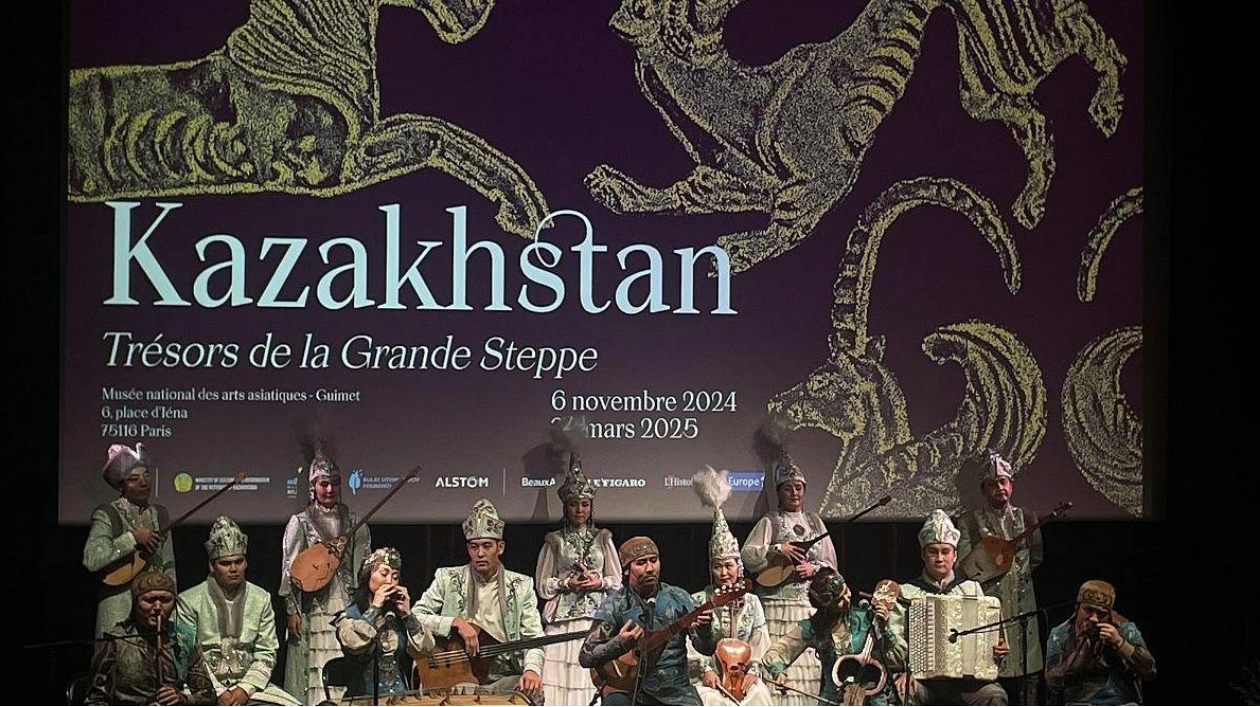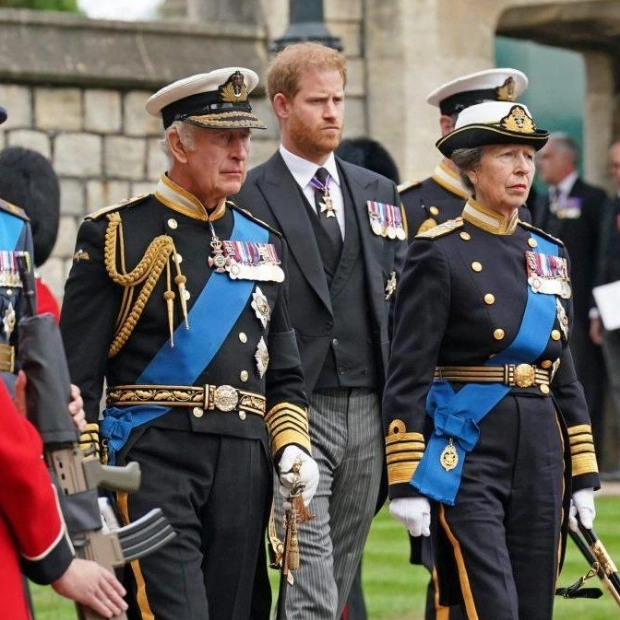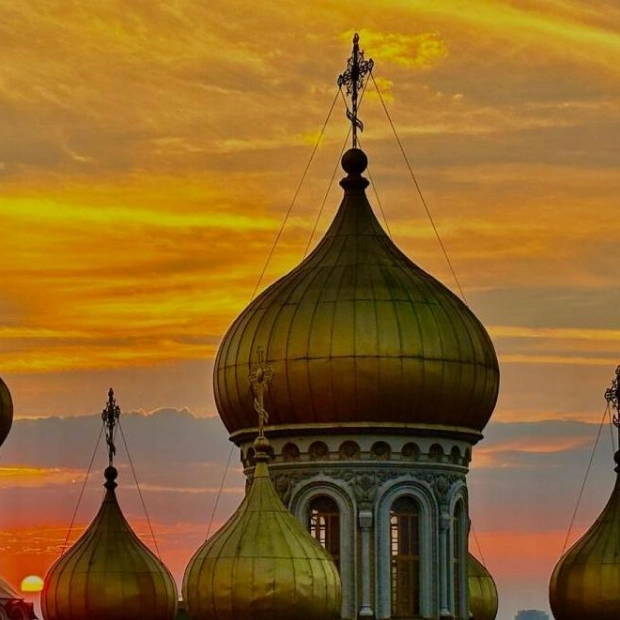Tobyl's Thinker gazes skyward, his deeply set eyes intensifying his contemplative expression as he ponders the world above. His asymmetrical, disproportionate form is oriented uniquely, imbuing him with an introspective energy. This stylized figure might be seen as a contemporary interpretation of Auguste Rodin's renowned pensive nude, 'The Thinker,' initially conceived around 1880-1881. The larger version, created in 1904, is housed at the Rodin Museum in Paris. However, Tobyl's Thinker, also referred to as 'The Man Scanning the Sky,' was crafted from grey-brown sandstone in northern Kazakhstan's Qostanai region during the period of 3-2 BCE. This highly polished sculpture is a remarkable example of early Kazakh artistic expression, conveying a sense of inner life and spirituality. Despite the millennia separating them, both sculptures offer a timeless contemplation on human existence.
Typically exhibited at the National Museum of Kazakhstan, Tobyl's Thinker is currently on display at the Musée Guimet in Paris as part of the exhibition, 'Kazakhstan: Empires of the Great Steppe.' For Yannick Lintz, the museum's director and an art historian, Tobyl's Thinker is the 'talisman of the exhibition,' a piece she wishes could remain at Guimet indefinitely. The exhibition 'Kazakhstan, Treasures of the Great Steppe' guides visitors through 5,000 years of the country's history, divided into five sections. Lintz describes Kazakhstan as a 'crossroads of civilization,' where East and West converged, and nomadic traditions intertwined with empires such as the Huns, Turks, and Mongols. This focus on historical intersections and ancient global connections is currently in vogue, with exhibitions at the British Museum and British Library exploring the Silk Road. This trend underscores a renewed appreciation for cross-cultural exchanges, trade networks, and historical linkages that have shaped Eurasia over the centuries.
Lintz hopes the exhibition will 'go beyond stereotypes' and present Kazakhstan's history through the objects that narrate its evolution from early steppe cultures to the dawn of modern Kazakhstan. The exhibition is structured around milestones, beginning with Tobyl's Thinker as Milestone 1, followed by the Botai culture and the domestication of the horse. The Botai culture, which emerged around 4 BCE in northern Kazakhstan, domesticated horses, marking the shift from a hunter-gatherer to a horse-breeding and cattle-herding economy. This laid the groundwork for steppe culture, where tribal knowledge of natural cycles, climate, and environment was integral to their survival practices and spiritual life.
Milestone 2 highlights the emergence of the first Scythian states with a stunning 'Golden Man' headdress, a symbol of the Saka culture. During the 1st millennium BCE, large tribal groups known to the Greeks and Persians as Scythians, Saka, and Sarmatians rose in the Eurasian steppes of Kazakhstan. These tribes, sharing common cultural practices, excelled in goldsmithing, particularly the 'animal style' of metalwork. The 1969 discovery of the 'Golden Man' in Issyk, adorned with cosmologically symbolic gold attire, exemplifies this.
Milestone 3 features a Turkic funerary statue, the balbal, from medieval Kazakhstan at the zenith of Turkic power. This solemn, moustachioed figure holding a ceremonial cup symbolizes Turkic reverence for ancestral spirits and continuity. The anthropomorphic balbal statues originated in the Altai Mountains, the cradle of Turkic culture and the site of the first Turkic khaganate in the 6th century. This era witnessed the blending of nomadic and urbanized life, with cities like Otrar (Farab) emerging as centers of trade, arts, and science, and home to the great philosopher Abu Nasr al-Farabi.
Milestone 4 focuses on the development of Islam, capturing Kazakhstan as a cultural crossroads with the chandeliers of the Khoja Ahmet Yasawi mausoleum. Constructed under Tamerlane (Timur) from 1389 to 1405, the mausoleum is dedicated to the 12th-century Sufi poet and mystic who greatly influenced Turkic Sufism in Central Asia and is one of Kazakhstan's most famous sites. The interior is adorned with six luxurious metal chandeliers, likely featuring gold and silver inlays, characteristic of Timurid period Islamic art. Lintz, an expert in Islamic art, considers them the most beautiful chandeliers in Islamic art.
Milestone 5 centers on the Kazakh Khanate and the emergence of modern Kazakhstan, featuring the ornate chapan of Kazybek biy Keldibekuly (1667–1764). This richly embroidered quilted coat, adorned with gold and silver threads, reflects the prosperity and ceremonial life of the Kazakh elite in the 17th and 18th centuries. As a judge and diplomat, Kazybek Biy played a role in shaping Kazakh law and diplomacy, as evidenced by the robe. The Kazakh Khanate, established in the 15th century by the descendants of Genghis Khan, laid the foundation for a unified Kazakh identity and a nomadic or semi-nomadic legal system that persisted until the 19th century.
'Kazakhstan: Empires of the Great Steppe' coincides with the state visit of Kazakh President Kassym-Jomart Tokayev to France and the signing of a Memorandum of Understanding between the National Museum of the Republic of Kazakhstan and the Musée Guimet in Paris. This collaboration was first proposed during French President Emmanuel Macron's visit to Astana in 2023. Aida Balayeva, Kazakhstan's Culture Minister, who opened the exhibition in Paris, stated, 'Its value lies in showcasing the main periods of our history, from the Saka period to the Kazakh Khanate.' She added, 'With the assistance of our French colleagues, we were able to create a very modern format and establish cooperation.'
'Kazakhstan: Empires of the Great Steppe' will be on display at the Musée Guimet in Paris until March 24, 2025.
Source link: https://www.euronews.com






